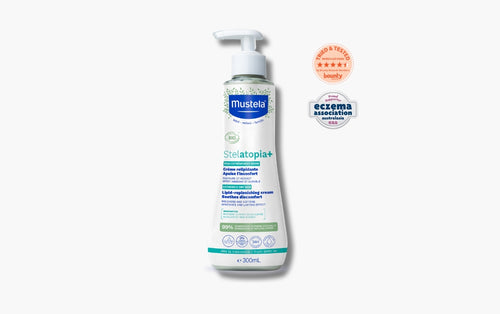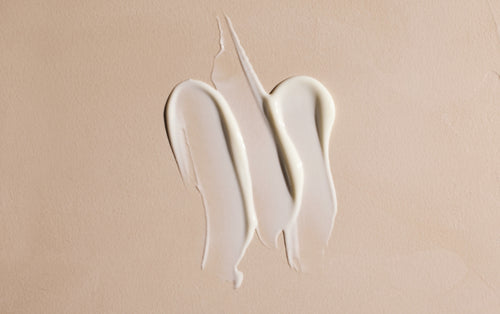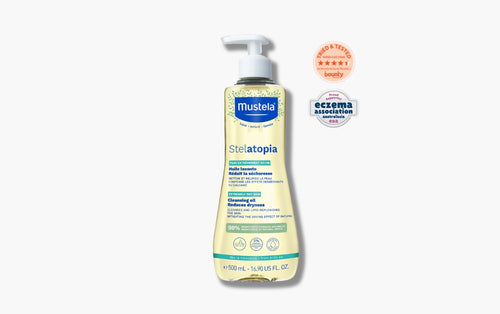Factors Influencing Eczema-Prone Skin
Eczema-prone skin often appears early in life and may diminish or even disappear with age. The timing of this improvement varies based on several factors, including your child's skin sensitivity, daily care routine, and environmental conditions. Regular care and prevention are crucial, especially during periods of remission. Here are some key points to consider:
- Early Appearance and Daily Care: Eczema-prone skin can show signs as early as two months old. Proper daily care and a suitable environment play a significant role in managing symptoms and preventing flare-ups.
- Periods of Remission: These periods provide an opportunity to care for the skin and prevent future flare-ups. It's important to continue a regular skincare routine even when symptoms are not visible.
Development and Flare-Ups of Eczema-Prone Skin
Here are some general observations about the development and flare-ups of eczema-prone skin:
- Infancy (Up to 1 Year): The first signs can appear from two months onwards, often on chubby areas like the chin, cheeks, arms, and belly. Flare-ups may occur during teething or nasopharynx infections.
- Toddler Years (1 to 3 Years): Eczema-prone skin may appear in new areas such as skin folds (elbows, legs, neck, back of the knees, wrists) and behind the ears. By the age of three or four, it can also appear on the hands, face, around the mouth, and on the eyelids, though flare-ups may start to fade.
- Preschool Age (3 to 6 Years): While flare-ups might diminish, the skin can still be very dry and requires special care. By the age of five or six, eczema may vanish entirely, though the skin will need ongoing attention.
- Beyond Preschool Age: Eczema can disappear as early as two years old or persist until puberty or even adulthood in rare cases. The duration of eczema is unpredictable and not linked to the treatments used, but it eventually fades.
Conclusion
Understanding the evolution of eczema-prone skin helps in managing and caring for your child's skin effectively. Although the timing of improvement varies, consistent care and prevention strategies are essential. The good news is that even severe and regular flare-ups do not leave permanent marks on the skin. With the right care, you can help your child manage eczema and enjoy healthier skin.
You can help your child finally find relief by following the steps above and incorporating Mustela's range of eczema skin care products into your routine.

















